Ask Ethan No. 73: The Multiverse and You
Is there any other version of you in any other universe?

Go, except this world there are others.
- Stephen King, The Dark Tower
One of the most interesting and seductive topics for discussion is the idea that our reality, that is, the Universe we perceive, may not be the only version of current events. Perhaps there are other universes, perhaps even with different versions of us with you, different stories and different endings, not like ours: a certain Multiverse. For the daily column of answers to questions, readers, as usual, sent their questions and suggestions, but this week the honor goes to a colleague, astrophysics scientist Amanda Mashburn, who asks:
I am interested to know your opinion on the theory of multiple universes. At the plenary session of the AAS, there was a discussion of parallel worlds and a debate on whether they are a scientific theory or science fiction. What do you think about it?
AAS is the American astronomical community, and we met within it a few weeks ago. The report on parallel worlds was made by Max Tegmark, and the science is next.
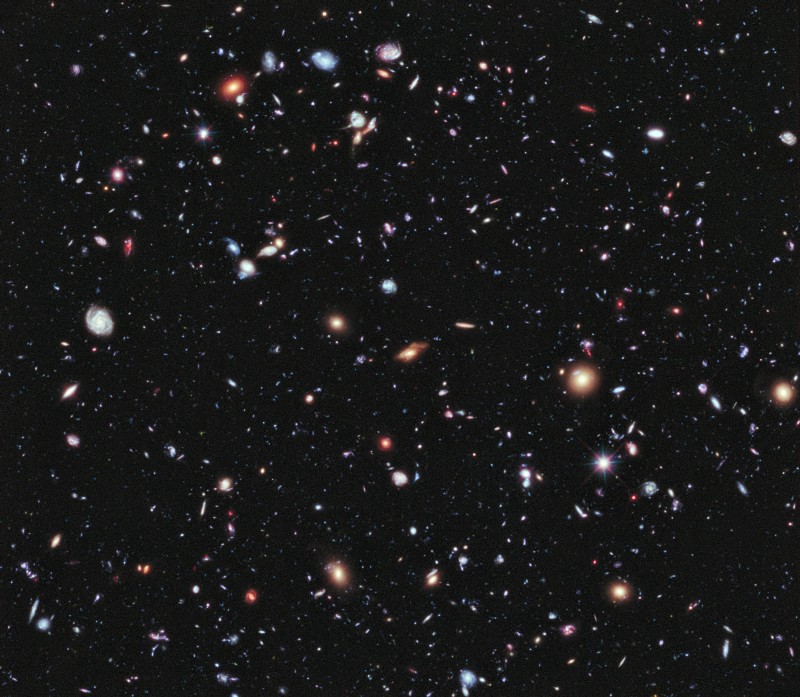
')
The Universe, as far as is seen in the most powerful of telescopes, is long, huge and massive. It counts photons and neutrinos and contains about 10 90 particles gathered together and forming hundreds of billions or trillions of galaxies. Each of them contains an average of a trillion stars, and they are scattered in space with a diameter of about 92 billion light years - from our point of view.
But contrary to our intuition, this does not mean that we are in the center of a finite universe. All facts point to the opposite.
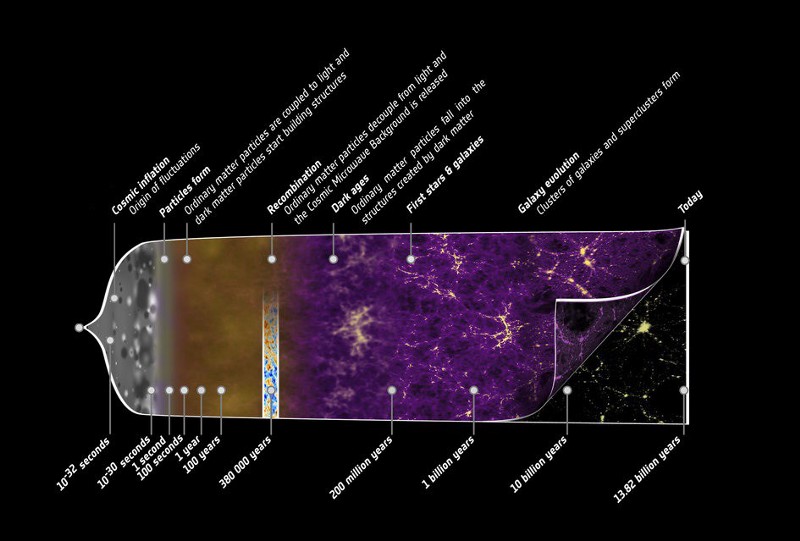
The universe seems to us finite - we cannot see objects that are more distant from us than a certain distance - not because it is finite, but because in its current form it existed for a limited time. Even if you remember just one fact about the Big Bang, it must be the fact that the Universe was not constant in space and time, but evolved from a more uniform, hot and dense state into a more lumpy, cool and scattered state.
The result was a rich Universe, saturated with many generations of stars, having a supercold background of residual radiation, in which galaxies are moving away from us with greater speed, the further they are from us, and there is a limit to how far into the past we can look. The limit is given by the distance that light can travel since the Big Bang.

This does not mean at all that there is nothing beyond the accessible part of the Universe. From the point of view of the theory and from the results of observations, we have every reason to believe that there is, in large numbers, and maybe even in the infinite.
With the help of observations, we can measure several different qualities, including the spatial curvature of the Universe, its uniformity and smoothness in temperature and density, and its evolution in time.

We will find that the Universe is flat and uniform on a much larger scale than the size of the observed Universe, and possibly contains even more of the Universe, similar to ours, stretching for hundreds of billions of light years in all directions, beyond our visual possibilities.
But theoretically we will learn even more seductive things. We can extrapolate the Big Bang in the opposite direction, to a state with arbitrary temperature and density, and find that in the early stages it does not turn into infinitely hot and dense. At energies greater than a certain value and in time, before a certain moment, there was a phase preceding the Big Bang and ensuring its occurrence.
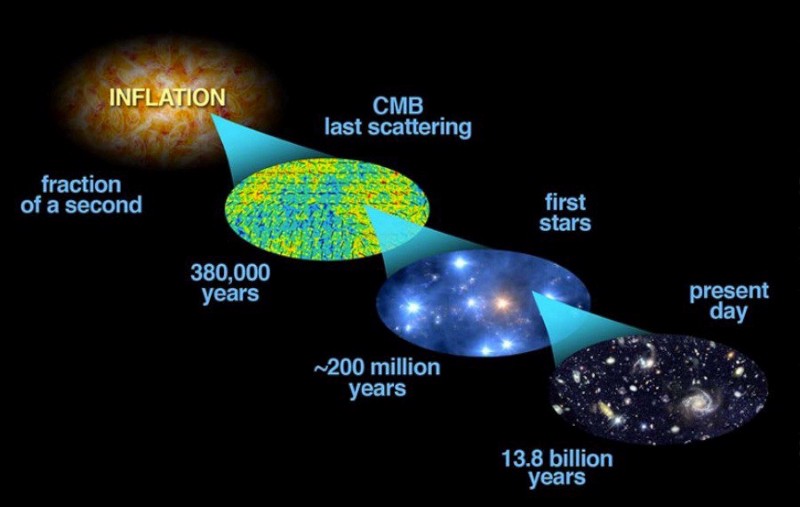
In this phase, or in the period of cosmological inflation, the Universe was filled not with matter and radiation, but with the energy inherent in space itself. And this state forced the Universe to expand at an exponential rate. This means that instead of a leisurely expansion, or instead of moving away from us points with an increasingly slower speed, the expansion speed does not fall at all, and remote places, over time, become first twice as far, then four, eight , sixteen, thirty-two, etc.
Since the expansion is not just exponentially growing, but also very fast, doubling happens in about 10 -35 seconds. That is, by the time when 10 -34 seconds passed, the Universe was 1000 more than its original size. When 10–33 seconds passed, the Universe was 10 30 (or 1000 10 ) times the original size; by the time of 10 -32, the Universe has increased by 10 300 from its original size, etc. The exhibitor is so powerful not because it grows quickly, but because it grows faster and faster.
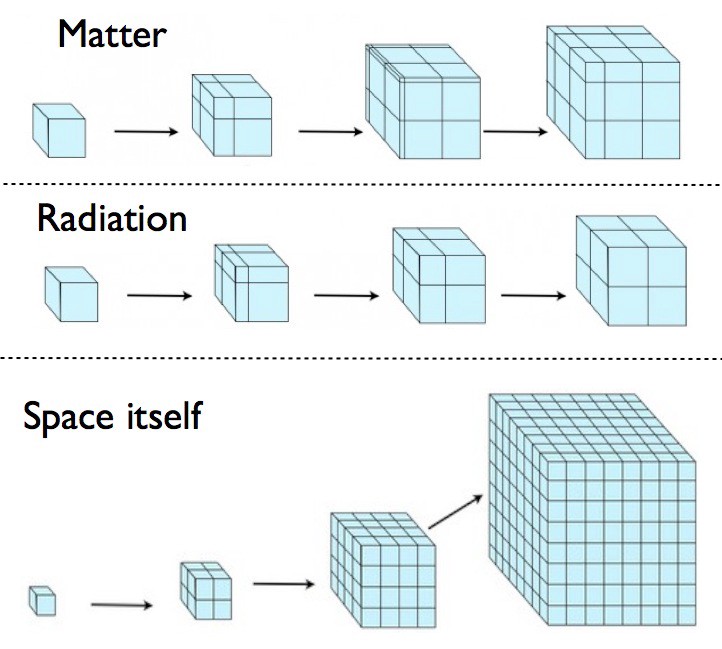
Obviously, with such speed the Universe did not expand all the time, since we are present here, which means that inflation had to end in order for the Big Bang to come. You can imagine inflation as a ball rolling on the top of a flat hill. As long as the ball stays close to the top, it rolls slowly, and inflation continues, and the universe expands exponentially. When the ball begins to roll into a lowland, inflation ends, and the rolling of the ball leads to the dissipation of energy, the conversion of intrinsic energy into matter and radiation, which takes us from the state of inflation to the hot Big Bang.
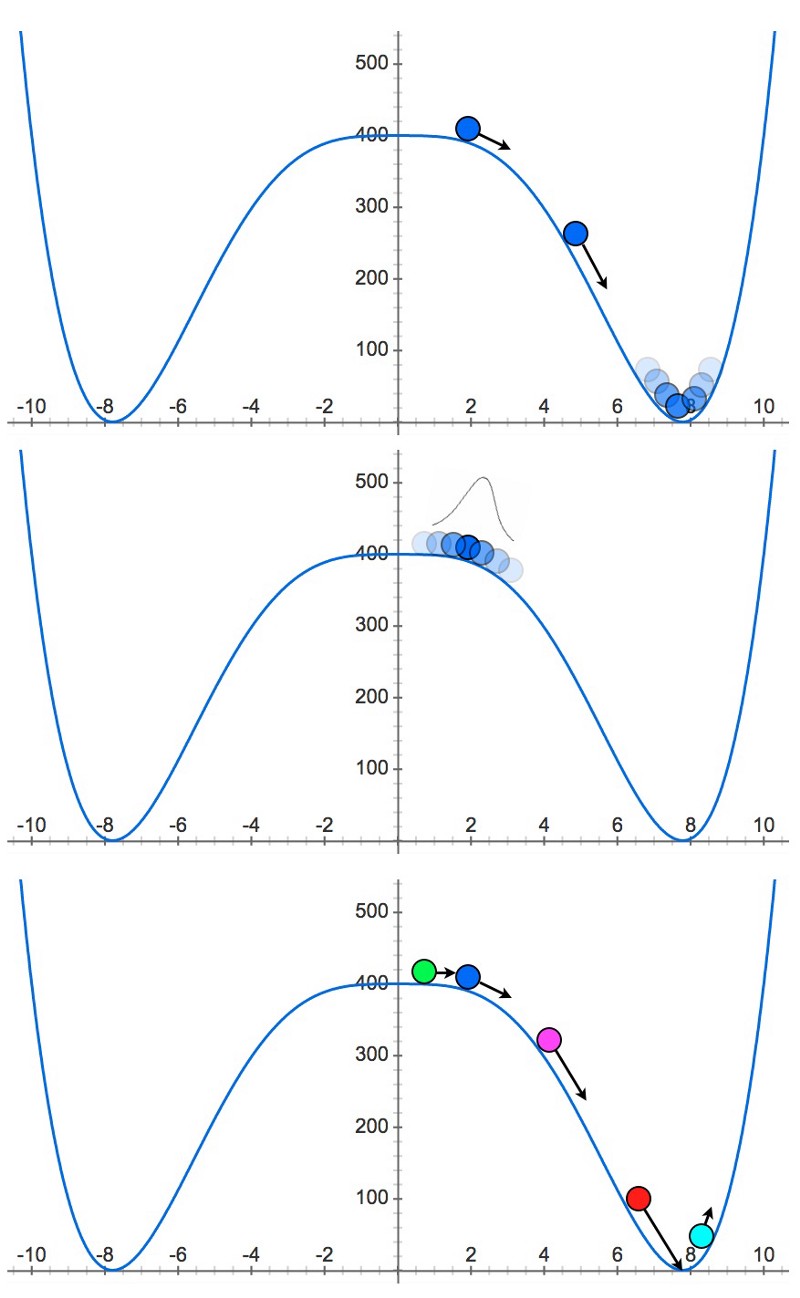
above: inflation ends when the ball rolls down;
middle: but the inflationary field is quantum, and is spread over time;
bottom: many regions of space (purple, red, blue) will see the end of inflation; others (green, blue) will observe its continuation, perhaps to infinity.
Before listing what we do not know about inflation, we list the significant points that we know.
- Inflation is not a ball. This is not a classical field, but a wave propagating with time, like a quantum field.
- This means that over time, when more and more space is created due to inflation, some regions are likely to find the end of inflation, while others will observe its continuation.
- In the regions where inflation has ended, the Big Bang will occur and such a Universe like ours will arise, and in other regions where it has not ended, expansion will occur.
- Over time, due to the expansion dynamics, different regions with terminated inflation will not interact and collide with each other; those regions in which inflation has not ended will expand and push them apart.
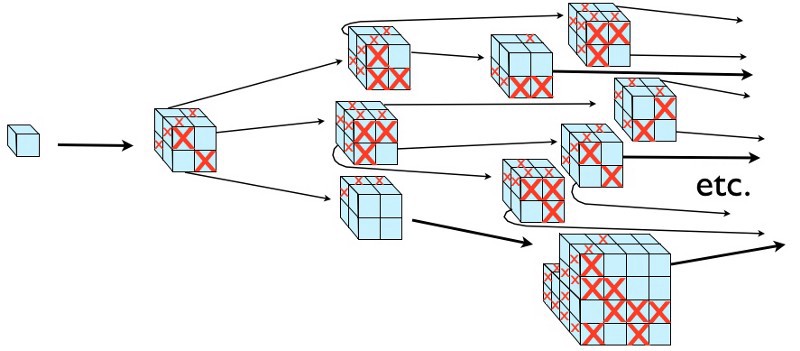
Although inflation can end in more than 50% of regions at any given time (red crosses), a sufficient number of regions will continue to expand indefinitely, and two different universes will never collide.
This is what we expect, based on well-known laws of physics and phenomena observed in the Universe, informing us about the state of inflation. Now it can be noted that we don’t know enough about inflation, and this leads to a large number of ambiguities and opportunities:
- We do not know how long the inflation lasted until it ended and turned into the Big Bang. The universe may be a little more visible to us, maybe an incredible number of times more visible, or it may actually be infinite.
- We do not know whether those regions where inflation has run out are similar, or whether they are very different from each other. It is likely that there is some kind of physical dynamics that forces parameters, such as the masses of particles, the magnitudes of forces, the amount of dark energy, to be the same in all regions where inflation has ended. It is also possible that in different regions, which we can consider as different Universes, physics may differ.
- And if all the Universes are the same from the point of view of physics, and if the number of these Universes is infinite, and if the many-world interpretation of quantum mechanics is correct, does this mean that there are parallel Universes where everything evolved exactly the same as ours, and only minor differences on quantum level differed?
In other words, is it possible that there is a Universe where everything happened the same way as in ours, only you performed any one act differently, and your life has changed dramatically as a result?

Where did you choose to work in another country and not stay in yours?
Where did you resist the bully and not let yourself be used?
Where did you kiss the one that ran away from you in the evening and did not let her go?
And where is the vital situation that you or your loved one encountered that ended differently?

Amazing idea: there is a universe in which any development of events is possible. Everything, the probability of which is higher than zero, could happen in one of the Universes.
But for the realization of this idea, it is necessary to justify a lot of "ifs". For example, the state of inflation should last not just long — not just 13.8 billion years, during which our Universe exists — but infinitely long.
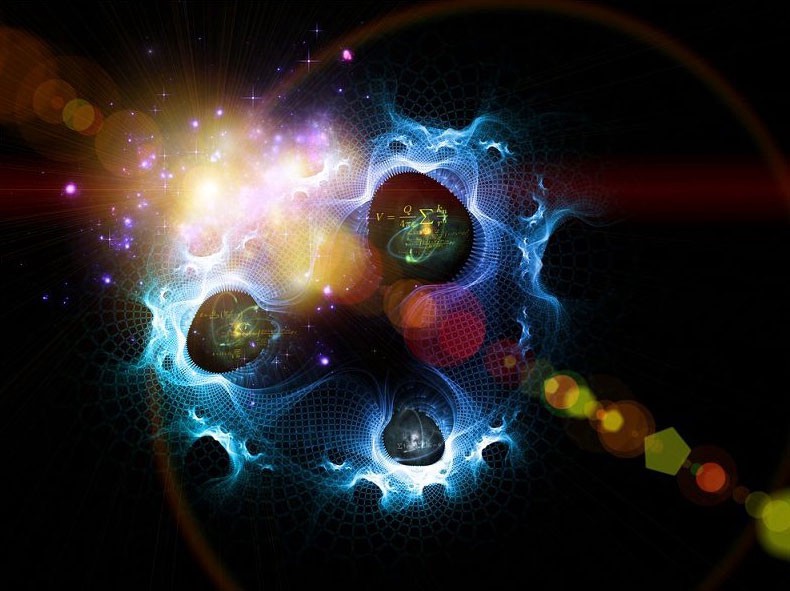
Why? Of course, if the Universe would expand exponentially - not only for a small fraction of a second, but within 13.8 billion years, or about 4 * 10 17 seconds - we would get a huge amount of space! Even if inflation ends in some regions, regions with continuing inflation dominate in the greater part of the volume of the Universe.
If you really count, we will get at least 10 50 50 Universes, which began their development from conditions very close to ours. it
10 1000000000000000000000000000000000000000000000000 Universes - hardly ever imagined a number more than that. And, nevertheless, there are numbers and more describing the number of probabilities of the outcome of collisions of particles.

There are 10 90 particles in each Universe, and we need all these particles to have the same history of all interactions over 13.8 billion years in order to get our Universe identical - so that when choosing one of several paths, both Universes would exist. This is a very big request for the Universe, which has 10 90 quantum particles, since there should be less than 10 50 50 possibilities for particles to collide with each other for 13.8 billion years. The number in the picture is only 1000 !, or (10 3 !), Or 1000 factorial, describing the number of permutations of 1000 different particles. Imagine how much the number 10 3 ! more than 10 1000 . 10 3 ! - this is roughly 10 2477 .
But in the universe not 1000 particles, but 10 90 . And each time when two of them interact, there are not two versions of the development of events, but a whole quantum spectrum. So there are many more options than 10 90 !, And this number is many times more large than such a nonsense as 10 50 50 .

In other words, the number of possible results of collisions of particles in any Universe approaches infinity faster than the number of Universes due to inflation.
Even if we discard the assumption that there may be an infinite variety of values of fundamental constants, and even leaving aside such problems as the Multiverse real state of affairs describes, it makes sense that the number of possible interaction results grows so fast - much faster than the exponent - that, unless inflation continued indefinitely, parallel universes identical to ours do not exist.
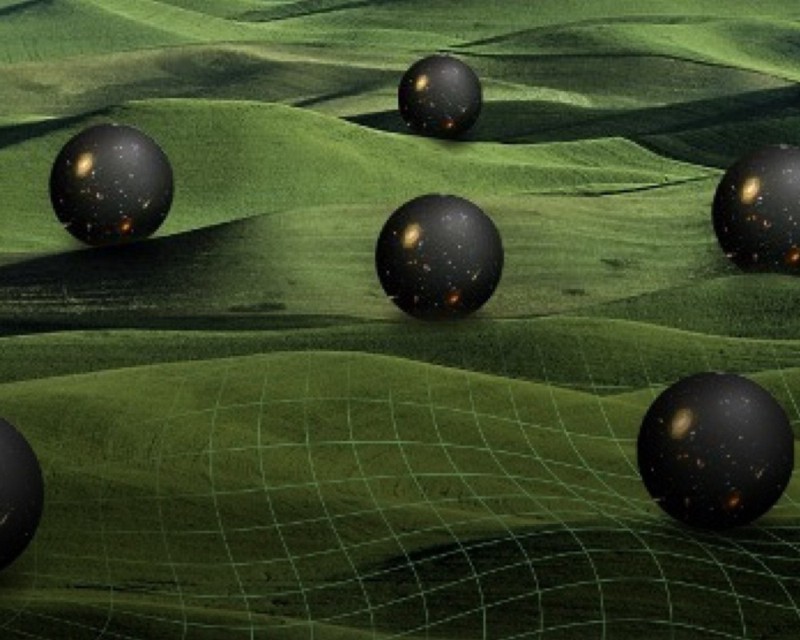
The singularity theorem asserts that the inflationary state has an incomplete world space-time lines, and, therefore, inflation hardly lasted an infinite amount of time, and most likely began at a distant, but final point of the past. Now there is a huge number of universes - perhaps with different laws from ours, and perhaps not - but they are not enough for different versions of you and me to appear there; the number of variants of interaction results grows too fast compared to the increase in the number of possible universes.
And what does this mean for us?
This means that you need to make sure that our Universe matters. Make choices that you will not regret: choose a dream job, know how to stand up for yourself, work around problems as well as you can, and every day give it all. There is no other such Universe with the same version of you, and there is no other future for you, besides what you are building for yourself.
Make this the best future possible.
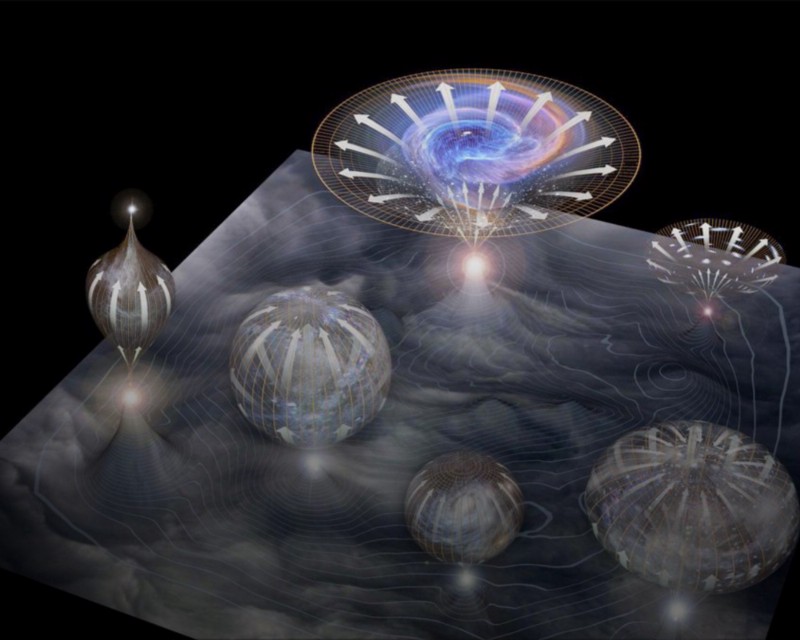
Thank you for the wonderful question, Amanda, at the intersection of physics, philosophy, and at the frontiers of scientific knowledge. And although parallel Universes remain fertile ground for exploring all possibilities, our current knowledge leaves them little chance - at least in matters of the existence of alternative versions of you and me.
Hope the explanation has been made clear for you and for the rest. Send me your questions and suggestions for the following articles.
Source: https://habr.com/ru/post/396003/
All Articles